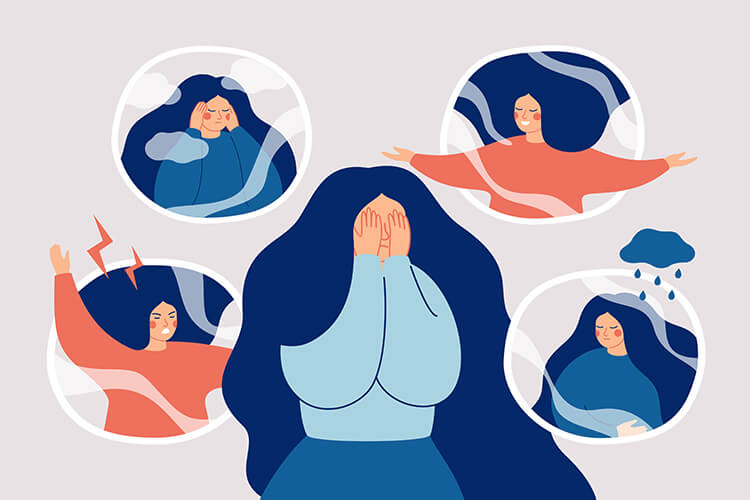

Research Conducted at NIMH (Intramural Research Program).Upcoming Observances and Related Events.Suicidal thoughts or hallucinations may pose a risk to the person’s safety, or even to people around them.Contribute to Mental Health Research Mobile navigation This emergency treatment is for an individual in immediate danger.

They can also help recognize signs of a possible relapse. These mental health experts can help people learn to work through disordered thought patterns. A doctor may refer a person with schizophrenia to a psychologist or psychiatrist. It might also help a person avoid relapses or worsening symptoms. Antipsychotic medications may be able to influence the level of chemicals and neurotransmitters in the brain. Most people with schizophrenia aren’t diagnosed until the second phase, once symptoms worsen and become more obvious.Īt this point, treatment options include: These choices can include narcotic use or misuse. Likewise, lifestyle choices may impact risk. Researchers believe exposure to some viruses at an early age could lead to schizophrenia. Changes to the shape or structure of the brain could interfere with communication between neurotransmitters and cells, too. Neurotransmitters relay signals between cells in the brain, and chemical changes may damage or impair them. For them, symptoms typically first appear in their mid 20s to early 30s. On average, men show first signs in their late teens and early 20s.

Symptoms of the illness often begin in young adulthood, during a time of major change. Researchers believe that hormones and physical changes in the body may be a factor. However, having a family history doesn’t mean you certainly will have the illness. If you have a family history of the illness, you’re more likely to develop it. Researchers believe these factors may contribute to developing schizophrenia: Those same factors may influence when or how quickly a person progresses from one phase to another. Ultimately, these changes lead to schizophrenia. Researchers believe a combination of factors set off chemical and structural changes in the brain. Likewise, it’s unclear exactly how or why a person moves through the stages at the pace they do. It’s unclear why individuals develop schizophrenia. Symptoms of the residual phase are said to include: Some people may relapse back to the active phase. They’re characterized by low energy and lack of motivation, but some elements of the active phase remain. Symptoms in this phase of the illness resemble symptoms in the first phase. While no longer used in diagnosing, some clinicians may still describe this phase when discussing symptoms and the progression of schizophrenia. changes to motor behavior (such as useless or excessive movement).hallucinations or seeing people or things no one else does.Yet research suggests by the time a person is at this phase, they may have been showing symptoms of prodromal schizophrenia for approximately 2 years. forgetting or neglecting personal hygieneĪt this phase of schizophrenia, the symptoms may be the most obvious.difficulty concentrating or paying attention.withdrawal from social life or family activities.It’s often not until schizophrenia has advanced to the active phase that the prodromal phase is recognized and diagnosed. The first signs and symptoms of schizophrenia may be overlooked because they’re common to many other conditions, such as depression. In the early prodromal phase, symptoms aren’t always obvious, as you’ll see when you read about this first phase. Though symptoms of active schizophrenia may seem to come on suddenly, the condition takes years to develop. Each phase of schizophrenia has symptoms that help classify it.


 0 kommentar(er)
0 kommentar(er)
